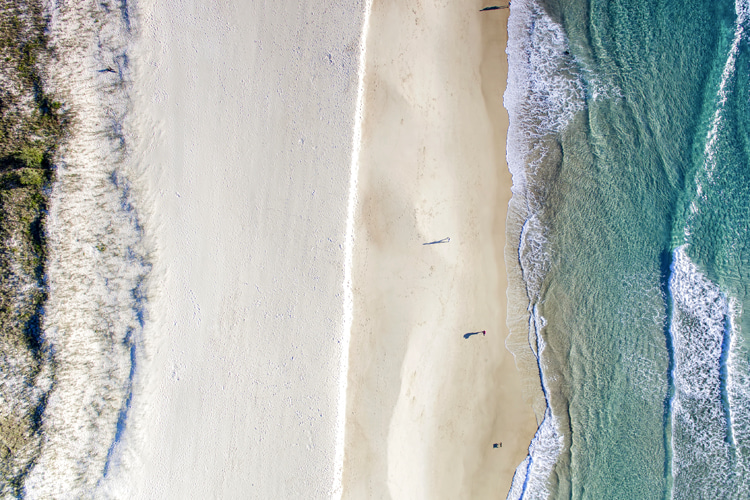Have you ever wondered how a beach is formed? The formation of sand strips is a long process that involves minerals, water, wind, waves, and tides.
It all starts in a mountain or rocky structure located more or less far away from the coast. Eroded sediments are transported from a river or stream and then deposited on the bottom.
Eventually, they're channeled to the ocean through river mouths.
The movement caused by swells, tides, and breaking waves will then help sand accumulate near the shore.
But how do things erode? How do rock and other solids wear away?
Firstly, there's attrition, which is when rocks strike together. Abrasion is when they rub together. This can also happen with sediment, as the water is full of sand.
Then there is hydraulic action, in which water is driven into cracks. Finally, there's corrosion, a chemical breakdown of large, medium, and small sediments or minerals.

Beach: A Natural Dump of Sand
Rob Brander, a beach safety researcher at the University of South Wales, once wrote, "Beaches are a dump. Fortunately, they happen to be a natural one for all the materials broken down by thousands and sometimes millions of years of erosion of the Earth's landscapes."
Usually, there needs to be a relatively sheltered environment for a beach to form, like a small bay or cove - a bay forms when soft rock is eroded.
Compared to the rock beside it, the softer rock erodes at a faster rate, which recedes the coastline.
Another critical variable in the creation of beaches is that the swash - the incoming wave of water - is stronger than the backwash, i.e., the retreating water.
Both the swash and the backwash can be observed, especially during high tide.
Water is always an excellent carrier of loose material, which is precisely what beaches are made of.
If the swash is stronger, we are witnessing a constructive wave; if the backwash is stronger, we call it a destructive wave.
Whenever you see a wide strip of sand, waves are predominantly constructive, and vice versa.
In a destructive wave environment, you won't find a natural beach.
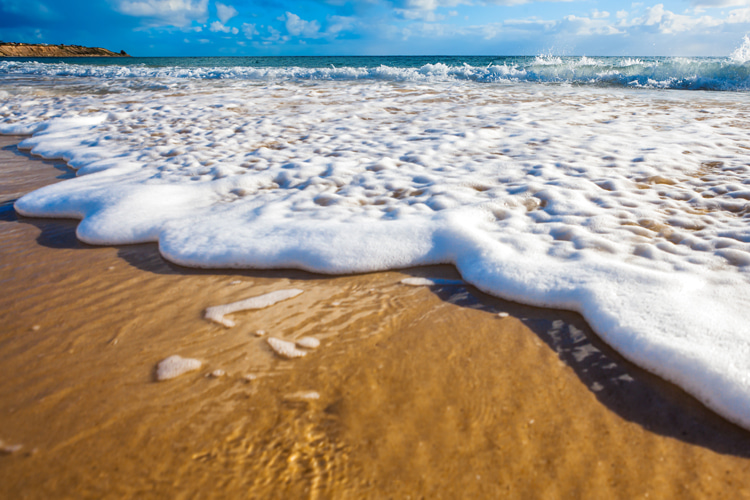
A Pinch of Sand
If you look closely at a handful of beach sand, you'll see a mixture of sand grains from different rock sources and a wide range of sizes and shapes.
On most beaches, sand is made of quartz minerals.
"There's a good reason for this," notes Rob Brander, author of "Dr. Rip's Essential Beach Book."
"The most common type of rock on the Earth's surface is granite, which just happens to contain a lot of minerals, including quartz."
"When granite rocks are broken down and eroded, many of these minerals are released and end up being carried by rivers, wind, and glaciers on a long journey that may or may not end up at a beach."
And, because quartz is hard and resilient, it ends up on many beaches across the planet.
Nevertheless, the palette of colors of beach sand is vast and sometimes surprising. They range from shades of grey and brown to red, black, and even green.
But why are there so many different colors of beach sand around the world?
"Two reasons. First, the age of the sand is important because older quartz sand grains have had more time to roll and slide around, making them lighter in color," notes the coastal geomorphologist.
"The second reason is that there are other types of minerals found on beaches. Heavy minerals such as magnetite, zircon, and rutile are derived from different types of minerals found in granite and other volcanic rocks such as basalt."
A black sand beach is composed of heavy minerals. They're "heavy" simply because they're heavier than quartz.
On the opposite side of the spectrum, Siesta Key Beach (Florida), Whitehaven Beach, and Hyams Beach (Australia) have the whitest sands in the world.
But why do these beaches feature white-snow sands? There are two possible explanations.
"The first one is that really, really old sand that has been eroded down through the aeons to its quartz crystal core will be white in color," underlines Brander.
"The second is that many tropical beaches contain broken shells and coral fragments made of limestone, which is whitish in color and can become even whiter by bleaching in the tropical sun."
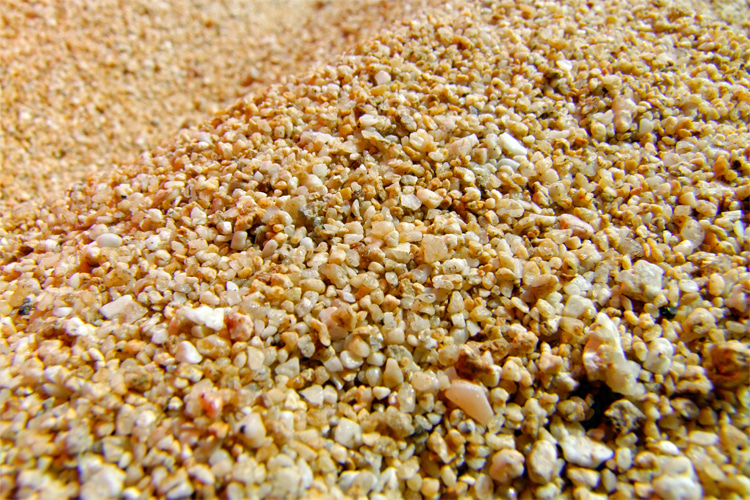
The Longshore Drift
Now that the sand has descended from the mountains, it's time to understand how it moves up, down, and along a beach.
Rather than just moving toward the beach and away from the beach according to the size of the waves, sand also moves along the beach, parallel to the beach.
When wind and waves hit the beach at an angle, they cause the sand to be moved to the right or left along the beach.
So, waves arrive at the beach at an angle, sweep up the beach at an angle, and then wash back down, and so on.
As a result, sand moves in a zig-zag motion along the beach in the direction of the waves.
This natural process is repeated over and over, and it is called longshore drift or longshore transport.
This ongoing movement of sand occurs not just on the beach itself but also in the surf zone before the waves break near because the motion of the waves creates the so-called longshore current.
The net movement of sand along both coasts of the United States is to the south.
The explanation is that most of North America's big waves come from the North Pacific on the West Coast or from the North Atlantic on the East Coast.
So, swells coming from the north hit the beach and push the sand from north to south.
In Southern California, the sand moves south along the coast by longshore drift.
However, it doesn't just travel south along the coast forever. Here and there, it leaves the beaches where it drains off down areas called submarine canyons.
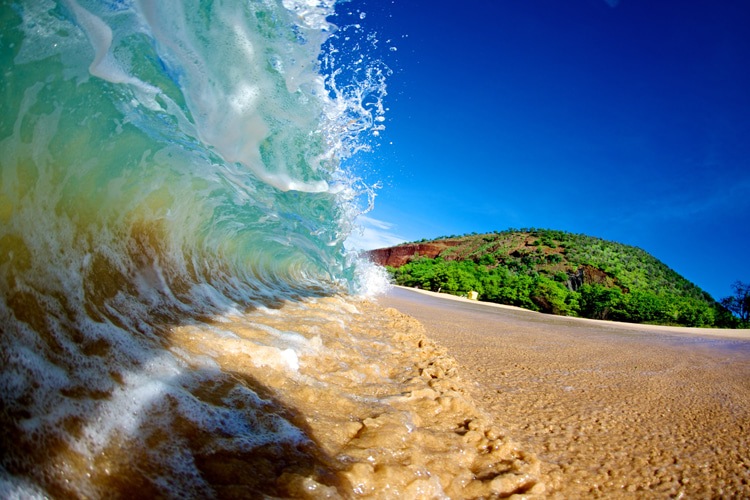
Sand Movements
If you walk by many Southern California and European beaches in summer, you'll notice wide strips of sand.
But when you return to those same beaches in winter, you might see that the fine grains have been covered by rocks.
So, where did the rocks come from, or where did the sand go?
As powerful swells and waves hit the shore, sand is moved a few hundred yards offshore to sandbanks.
A few months later, during summertime, sand is transported back to the beach and covers up the rocks.
The natural seasonal change might be more or less impactful on coastlines depending on multiple variables, including bathymetry, geomorphological characteristics of the coast, prevailing winds, existence or absence of dune systems, coastal protection structures, natural features, etc.
As a general rule of thumb, during summer, we typically have small waves that usually push the sand up toward the beach and give us a big, wide, sandy beach.
In the winter, bigger storms and large waves break hard on the beach and sweep the sand offshore into the so-called longshore bars.
It is during the cold season that Northern Hemisphere coastlines suffer their worst erosion problems and cliff failures.
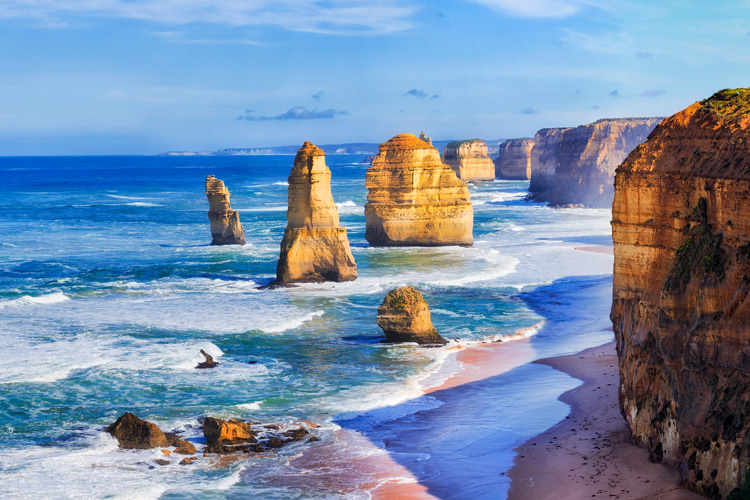
Lost Sand
In specific areas near the coast - for example, Redondo Canyon, Newport Canyon, and La Jolla Canyon - there's a zone called beach compartment in which sand arrives at the beach, moves along it, and eventually leaves the beach down the submarine canyon.
At the Oceanside beach compartment, sand comes down to the beach from rivers and bluff erosion.
Then, it ends up moving south along the beach because of the longshore drift.
When the sand reaches the head of one of these submarine canyons, it ends up draining down the canyon out onto the ocean floor.
Once the sand grains are channeled through these underwater canyons, they won't return easily.
Spit Formation
A spit is a result of longshore drifts.
Basically, a spit forms when longshore drift carries sediment and compiles it into a piece of land that sticks out into the ocean.
Since it is a result of longshore drift, spit formation relies on the direction of the wind, which influences ocean currents, along with swash and backwash.
Groins are installed to protect against longshore drift stripping beaches away.
Since longshore drift causes sediment to move along a coast in the same direction as the wind, beaches can lose sand.
To prevent this, groins are installed to trap the sediment from moving along the beach.
As a result, sand piles up on one side of the groin, making the boundary between land and water different on both sides of it.
A storm sewage outflow pipe acts as a groin. The sand level on one side is higher than on the other.

The Absence of Plants on Beaches
Last but not least, do you know why plants never grow on the beach?
You won't see plants near the shore break because of the salty spray that moves around in the surf zone.
Also, sand grains deposited on beaches are continually shifting, unstable, tend to be highly porous, and do not retain much water.
Finally, it's important to stress that beaches lack the nutrients that can be found in fertile soils and are more prone to severe temperature changes.
Nevertheless, there are a few species that grow in dunes.
